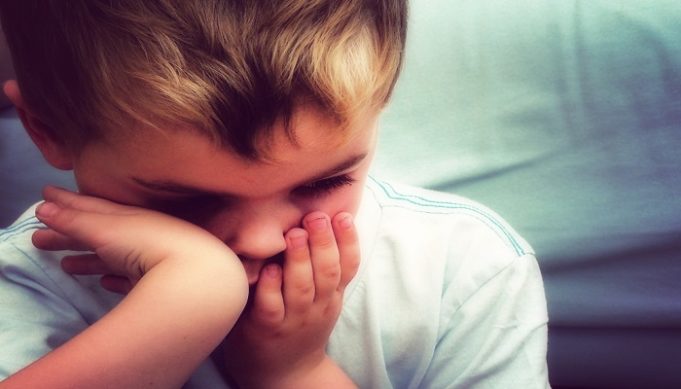More and more children are succumbing to anxiety and panic disorders. Up to 20% of children worldwide have one or more mental or behavioral problems. As children are often unable to express the fact that they feel fear or worry, they often only complain of the physical aches and pains that accompany anxiety disorders. Consequently, the disorder more often than not goes undiagnosed.
If these conditions are not treated, then they will not simply go away with time. Further problems such as educational underachievement, substance abuse and the manifestation of phobias are quite often the result. Moreover, it is now recognized that adult anxiety disorders and depression are likely to have their origins in childhood.
Causes of Childhood Anxiety
Many researchers favour an interactive model for the development of anxiety disorders in children. While for most children there are the usual fears and challenges, these come and go and are largely dealt with satisfactorily. In a small group however, these fears intensify due to a biological, genetic or environmental vulnerability. Whether this vulnerability is allowed to develop into problematic thinking depends on the protective factors the child has at his or her disposal.
Treatment of Childhood Anxiety Disorders
There is more often than not a long period of time between the onset of an anxiety disorder and a correct diagnosis. In one study involving 700 patients, there was a 17 year gap between the two. This is unfortunate as anxiety disorders do respond well if a correct treatment is prescribed.


















